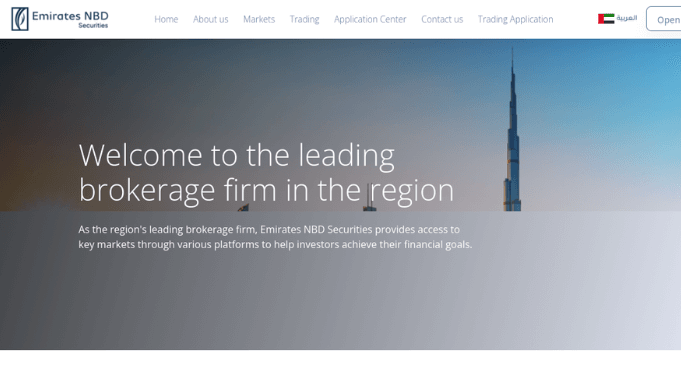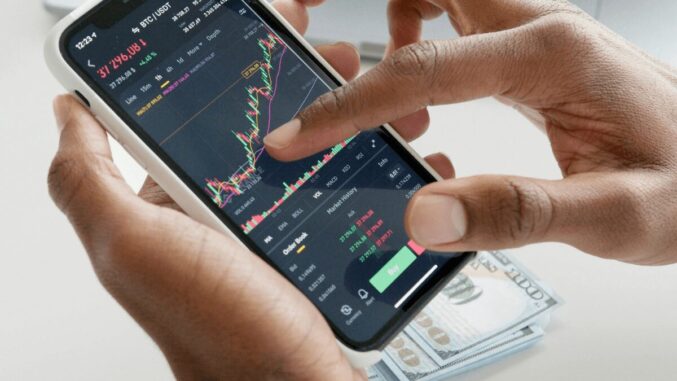The foreign exchange market (Forex or FX) is the largest and most liquid financial market in the world, with a staggering daily trading volume exceeding $6.6 trillion—far surpassing the stock and bond markets combined.
At its core, Forex trading involves buying one currency while simultaneously selling another, with the aim of profiting from fluctuations in exchange rates. Whether you’re a traveler exchanging money for a trip abroad, a multinational corporation hedging against currency risks, or a retail trader speculating on price movements, Forex impacts everyone in a globalized economy.
But how exactly does Forex trading work? What drives currency prices, and how can traders capitalize on market movements? In this comprehensive guide, we’ll break down everything you need to know—from the basics of currency pairs to advanced trading strategies.
What Is Forex Trading?
Forex trading is the act of exchanging one currency for another in the hopes of making a profit from changes in exchange rates. Unlike stocks or commodities, Forex is an over-the-counter (OTC) market, meaning trades occur directly between participants (banks, financial institutions, corporations, and retail traders) rather than on a centralized exchange.
Key Characteristics of the Forex Market:
- 24-Hour Market: Trading begins in Sydney, moves to Tokyo, then London, and finally New York—allowing for round-the-clock activity.
- High Liquidity: Due to its massive volume, traders can enter and exit positions quickly with minimal slippage.
- Leverage Availability: Forex brokers offer high leverage, allowing traders to control large positions with relatively small capital.
- Low Transaction Costs: Unlike stocks, Forex trading typically has no commissions—brokers profit from the bid-ask spread.
How Does the Forex Market Work?
Forex trading revolves around currency pairs, where one currency is exchanged for another. Each pair consists of a base currency (first) and a quote currency (second). The price indicates how much of the quote currency is needed to buy one unit of the base currency.
Example:
- EUR/USD = 1.1200 means 1 Euro = 1.12 US Dollars.
- If the rate moves to 1.1300, the Euro has strengthened against the Dollar.
Types of Forex Markets:
- Spot Market: The most common, where currencies are traded for immediate delivery (within 2 business days).
- Forward Market: Contracts to buy/sell a currency at a predetermined future date and price.
- Futures Market: Standardized contracts traded on exchanges (e.g., CME Group) with binding terms.
Major, Minor, and Exotic Currency Pairs
Forex pairs are categorized based on liquidity and trading volume:
1. Major Pairs (Most Liquid)
- EUR/USD (Euro/US Dollar)
- USD/JPY (US Dollar/Japanese Yen)
- GBP/USD (British Pound/US Dollar)
- USD/CHF (US Dollar/Swiss Franc)
- AUD/USD (Australian Dollar/US Dollar)
- USD/CAD (US Dollar/Canadian Dollar)
These pairs account for over 80% of all Forex transactions and have the tightest spreads.
2. Minor Pairs (Cross-Currency Pairs)
- EUR/GBP (Euro/British Pound)
- GBP/JPY (British Pound/Japanese Yen)
- AUD/NZD (Australian Dollar/New Zealand Dollar)
These exclude the US Dollar but still involve major currencies.
3. Exotic Pairs (Emerging Market Currencies)
- USD/TRY (US Dollar/Turkish Lira)
- EUR/PLN (Euro/Polish Zloty)
- USD/ZAR (US Dollar/South African Rand)
Exotics are more volatile and have wider spreads, making them riskier but potentially more profitable.
What Moves the Forex Market?
Currency prices fluctuate due to a mix of economic, political, and psychological factors:
1. Central Bank Policies
- Interest Rates: Higher rates attract foreign capital, strengthening the currency.
- Quantitative Easing (QE): Printing more money can devalue a currency.
2. Economic Data Releases
- GDP Growth
- Inflation (CPI, PPI)
- Employment Reports (NFP in the US)
- Retail Sales & Manufacturing Data
3. Geopolitical Events
- Elections, wars, and trade agreements can create volatility.
4. Market Sentiment & Speculation
- Traders’ perceptions and herd behavior can drive short-term trends.
How to Trade Forex: Step-by-Step
1. Choose a Reliable Forex Broker
- Regulation: Ensure they’re licensed (e.g., FCA, ASIC, CySEC).
- Trading Platform: MetaTrader 4/5, cTrader, or proprietary platforms.
- Spreads & Fees: Look for low spreads and no hidden charges.
2. Understand Leverage & Margin
- Leverage (e.g., 50:1, 100:1) amplifies both profits and losses.
- Margin is the collateral required to open a position.
3. Learn Key Forex Terms
- Pip: The smallest price movement (0.0001 for most pairs).
- Lot Size:
- Standard Lot = 100,000 units
- Mini Lot = 10,000 units
- Micro Lot = 1,000 units
- Spread: Difference between bid and ask prices.
4. Develop a Trading Strategy
- Scalping: Ultra-short-term trades (seconds/minutes).
- Day Trading: Positions closed within a day.
- Swing Trading: Holding for days/weeks based on trends.
- Position Trading: Long-term (months/years) based on fundamentals.
5. Risk Management
- Stop-Loss Orders: Automatically close losing trades.
- Take-Profit Orders: Lock in profits at a predetermined level.
- Risk-Reward Ratio: Aim for at least 1:2 (e.g., risking $100 to make $200).
Common Forex Trading Mistakes to Avoid
- Overleveraging – Using too much leverage can wipe out your account quickly.
- Ignoring Economic Calendars – News events can cause massive price swings.
- Emotional Trading – Fear and greed lead to poor decisions.
- Lack of a Trading Plan – Trading without a strategy is gambling.
Conclusion
Forex trading offers unparalleled liquidity, 24/5 market access, and high profit potential, but it also comes with significant risks. Success requires education, discipline, and a well-tested strategy.
If you’re new to Forex, start with a demo account, learn the basics, and gradually transition to live trading with small positions. The market isn’t going anywhere—so take your time, refine your skills, and trade wisely.
Would you like recommendations on the best Forex brokers or advanced trading strategies? Let us know in the comments!

